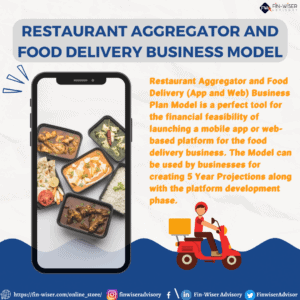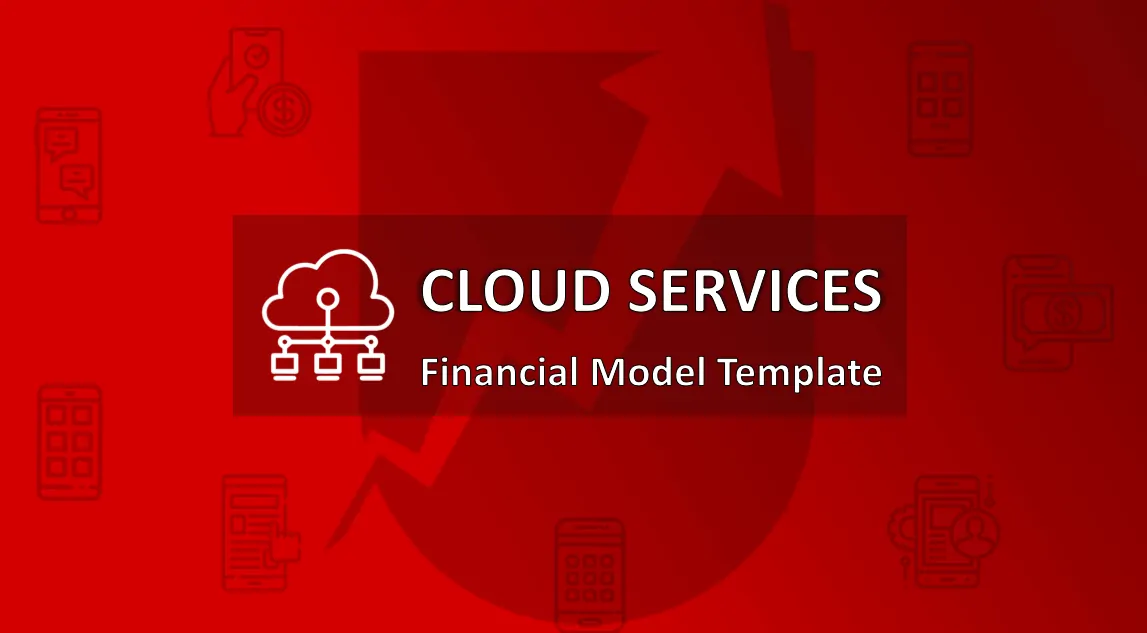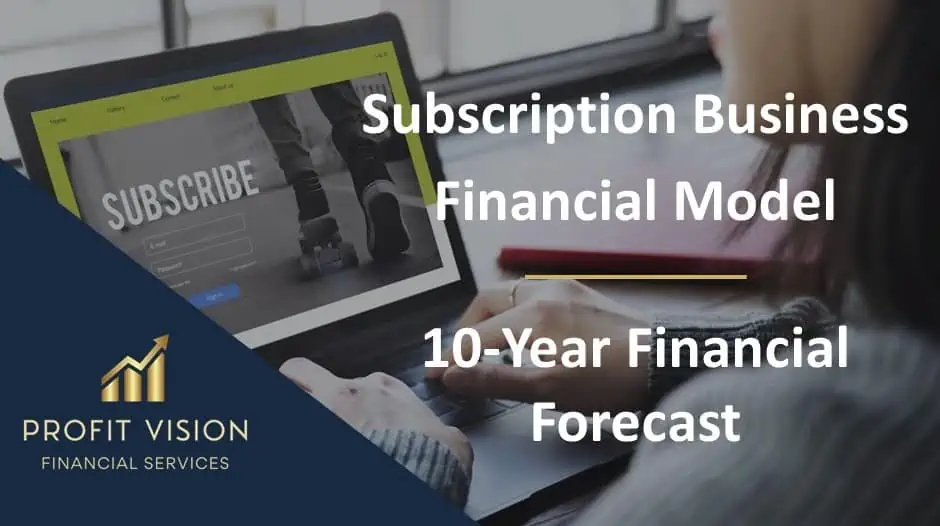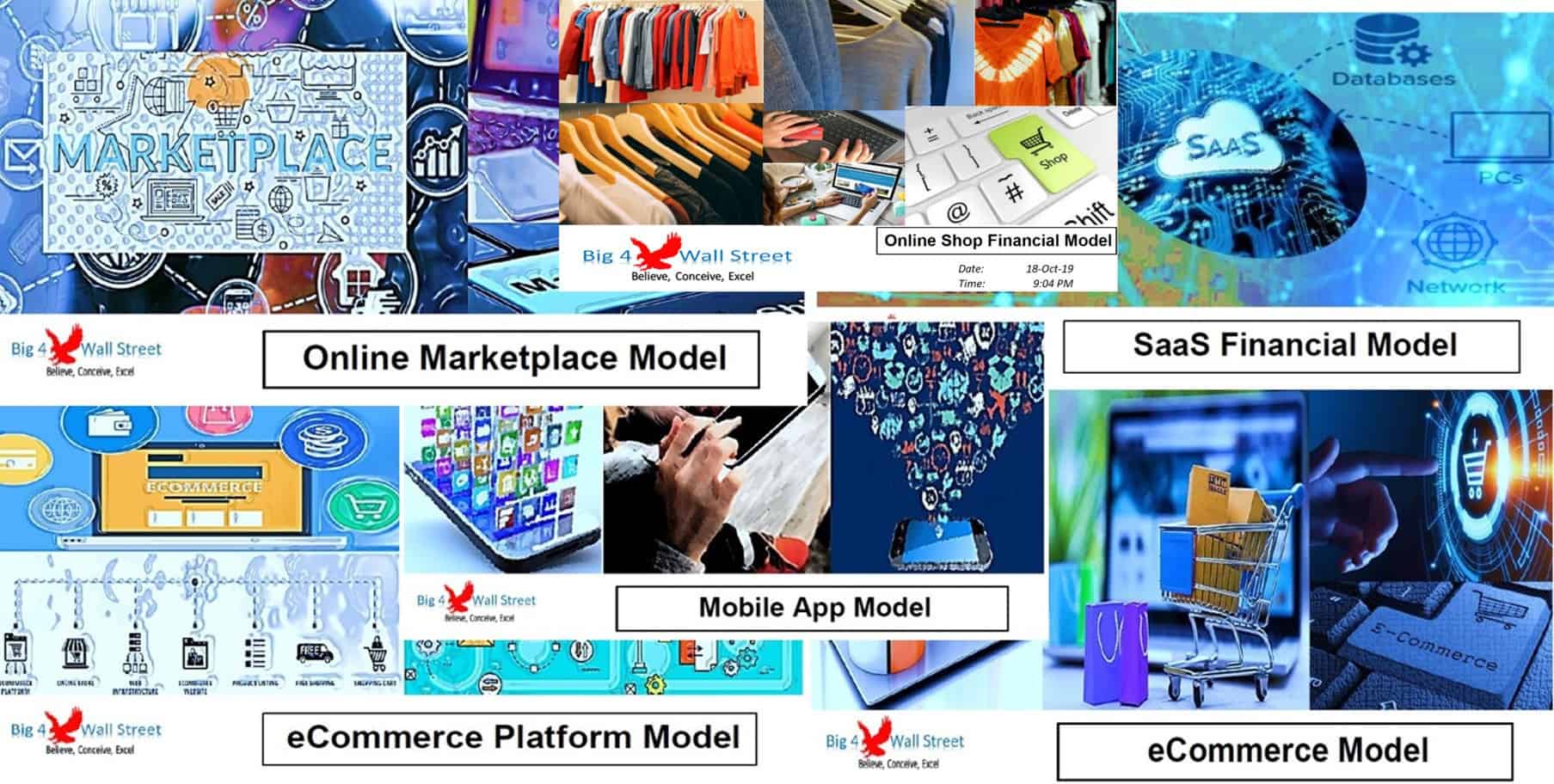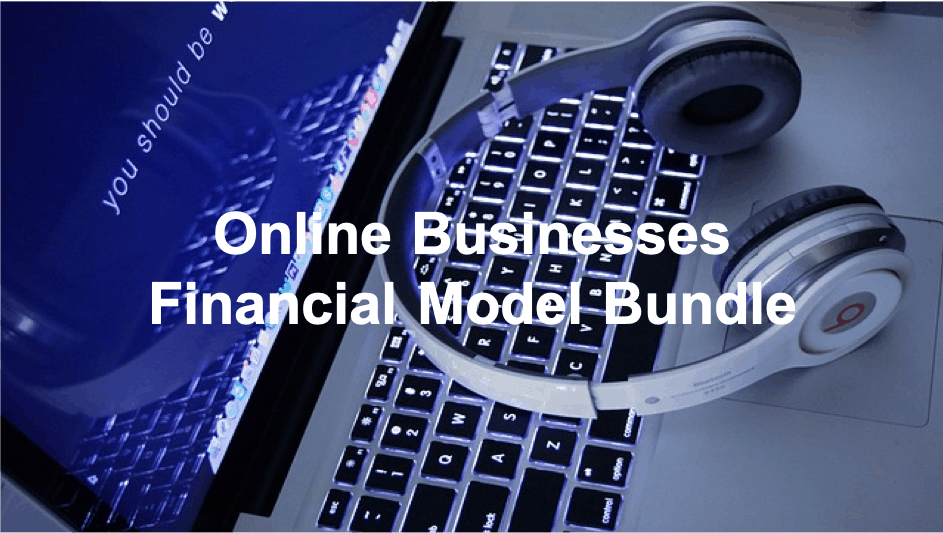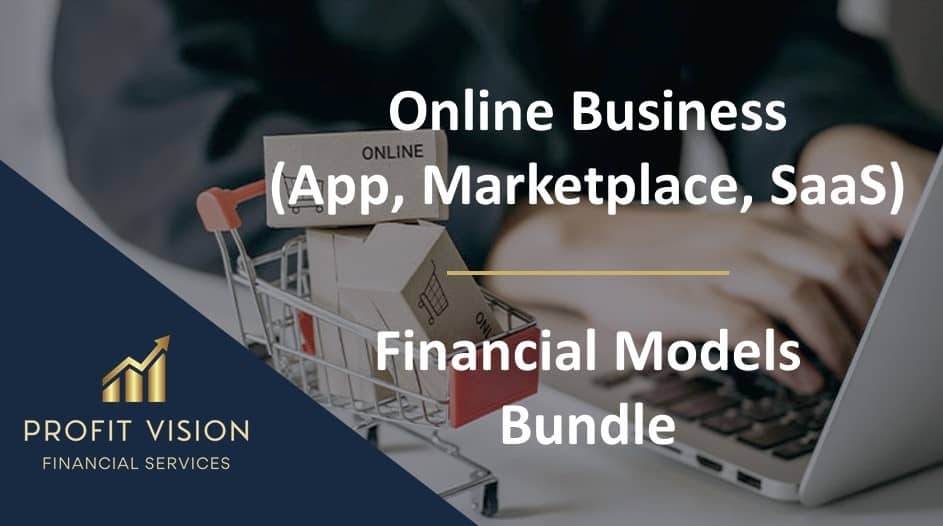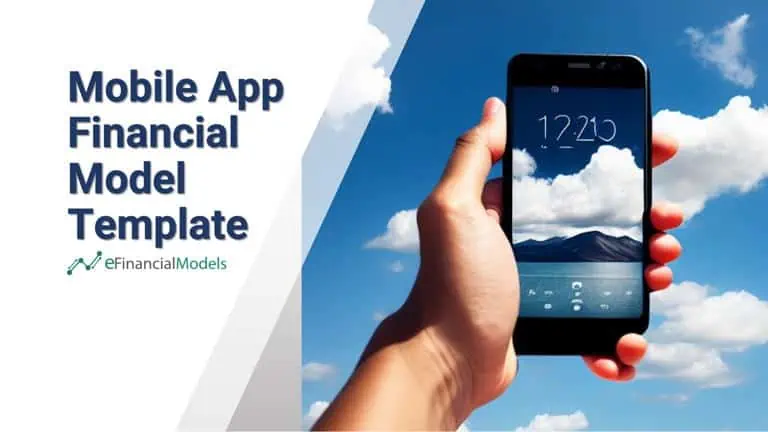Web/Mobile App Startup/Existing Business Financial Projection 3 Statement Model
3 statement 5 year rolling financial projection Excel model for a startup /existing business developing web/mobile apps
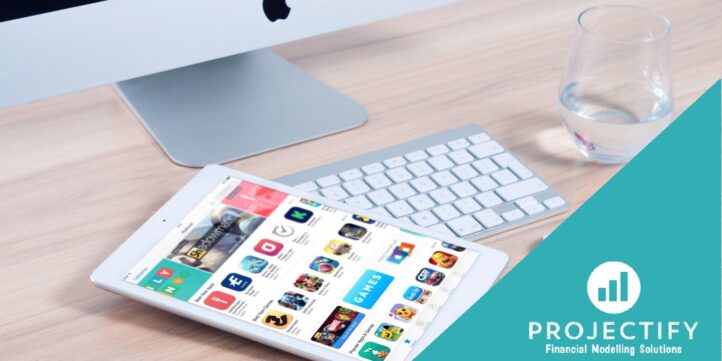
PURPOSE OF MODEL
Highly versatile and user-friendly Excel model for the preparation of a rolling 3 statement (Income Statement, Balance Sheet, and Cashflow Statement) financial projection for a startup or existing Hotel business generating revenue from developing applications.
The model allows the user to model up to 15 different revenue-generating apps split across the following 3 types:
– Free apps – generating revenue by displaying adverts within the app;
– Subscription apps – users pay a monthly or annual fee to access content, services, or experiences within the app;
– One-time payment apps – users pay once to download the app and use all of its functionality.
The model follows best practice financial modeling principles and includes instructions, line item explanations, checks, and input validations.
KEY OUTPUTS
The key outputs include:
– Projected full financial statements (Income Statement, Balance Sheet, and Cashflow Statement) presented on a quarterly basis across up to 5 years and summarised on an annual basis.
– Dashboard with:
o Summarised projected Income Statement and Balance Sheet;
o Compounded Annual Growth rate (CAGR) for each summarised income statement and Balance Sheet line item;
o List of key ratios including average revenue growth, average profit margins, average return on assets and equity, and average debt to equity ratio;
o Bar charts summarising income statement and Balance Sheet projections;
o Chart presenting revenue mix and total downloads by month and app across the above 3 app types.
o Gross profit by income source.
KEY INPUTS
Inputs are split into Income Statement and Balance Sheet Inputs. Most inputs include user-friendly line item explanations and input validations to help users understand what the input is for and populate correctly.
Setup Inputs:
– Name of business;
– Currency;
– First projection year and quarter;
– App names, variable costs, staff cost, fixed costs, fixed assets, and borrowings;
– Sales tax applicability for revenue and cost categories;
Actuals Inputs:
– Opening balance sheet (for existing businesses);
– Income Statement actuals (for trend analysis);
Projection Inputs:
– Free app revenue including:
o Download volume
o Attrition rate
o Usage (sessions per month, minutes per session)
o Ad frequency and pricing
– Subscription app revenue including:
o Download volume;
o Free trial to purchase conversion rate;
o Monthly, annual subscription mix;
o Renewal rates;
o Subscription prices.
– One-time purchase app revenue including:
o Download volume;
o Free trial to purchase conversion rate;
o App prices
– Variable Costs including:
o Cost per app sale;
o Annual fees per app;
– Other cost inputs including
o Marketing costs
o Staff costs
o Other costs
– Sales and corporate tax inputs including rate and payment periods;
– Dividend inputs including amount or percentage of retained earnings and frequency;
– Fixed Assets including additional amounts and useful life;
– Borrowings including addition/redemption amounts and interest rate;
– Share Capital additions.
MODEL STRUCTURE
The model comprises of 9 tabs split into input (‘i_’), calculation (‘c_’), output (‘o_’) and system tabs. The tabs to be populated by the user are the input tabs (‘i_Setup’, ‘i_Actuals’, and ‘i_Assumptions’). The calculation tab uses the user-defined inputs to calculate and produce the projection outputs which are presented in ‘o_Fin Stats’, ‘o_Charts’, and ‘o_DCF’.
System tabs include:
– A ‘Front Sheet’ containing a disclaimer, instructions, and contents;
– A Checks dashboard containing a summary of checks by tab.
KEY FEATURES
Other key features of this model include the following:
– The model follows best practice financial modeling guidelines and includes instructions, line item explanations, checks, and input validations;
– The model is not password protected and can be modified as required following download;
– The model contains a dynamic timeline that allows for a mix of actual and forecast periods across a 5-year period allowing projections to be rolled forward from month to month;
– Timeline is split on a monthly basis and summarised on an annual basis;
– Costs are split into: variable and fixed for better driver-based forecasting;
– The model allows for the following number of underlying categories for each line item (these can be easily expanded if required):
o Apps – 15 apps (5 x free, 5 x subscription, and 5 x one-time payment apps);
o Variance costs – 15 categories (1 for each app)
o Staff costs – 8 categories;
o Marketing costs – 5 categories;
o Other expenses – 15 categories;
o Fixed Assets – 5 categories;
o Borrowings – 3 facilities;
– Apart from projecting revenue and costs the model includes the possibility to model inventory, deferred income, payables, fixed assets, borrowings, dividends, corporate tax, and sales tax;
– The model included an integrated discounted cash flow valuation using the projected cash flow outputs;
– Business name, currency, starting projection period are fully customizable;
– Revenue, cost, fixed asset, and Borrowing category descriptions are fully customizable;
– The model includes instructions, line item explanations, checks, and input validations to help ensure input fields are populated accurately;
– The model includes a checks dashboard that summarises all the checks included in the various tabs making it easier to identify any errors.
MODIFICATIONS
If you require any bespoke modifications to the tool, we are more than happy to assist with this. Please contact us on: [email protected] for further instructions.
Similar Products
Other customers were also interested in...
Restaurant Aggregator and Food Delivery Business F...
Restaurant Aggregator and Food Deliver Business Plan Model is a perfect tool for a financial feasibi... Read more
Cloud Services Financial Model Excel Template (Ful...
The UPtick Cloud Services Template is a simple yet robust financial model that allows you to make in... Read more
Subscription Business – 10 Year Financial Model
Financial Model providing a 10-year financial plan for a startup or operating Subscription Business.... Read more
Online Businesses Bundle (6 Models)
This is a collection of selected financial model templates for projects or ventures in the Online Bu... Read more
Live Commerce APP Financial Model
The idea of this Live-Commerce App is, that sellers can use an online marketplace, where they can pr... Read more
Online Businesses Financial Model Bundle
This is a collection of financial model templates for businesses in the Information technology Indus... Read more
SaaS Model Templates – Small Bundle Version
Since you are planning to start your very own SaaS business, you will certainly need to prepare a ... Read more
SaaS Model Templates – Big Bundle Version
Since you are planning to start your very own SaaS business, you will certainly need to prepare a ... Read more
Online Business Financial Models Bundle
A collection of six Online Business Financial Models offered at a discounted price you can’t miss!... Read more
Financial Model for Mobile App | Mobile App Busine...
The Mobile App Financial Plan Template in Excel allows you to develop financial projections when lau... Read more
You must log in to submit a review.












